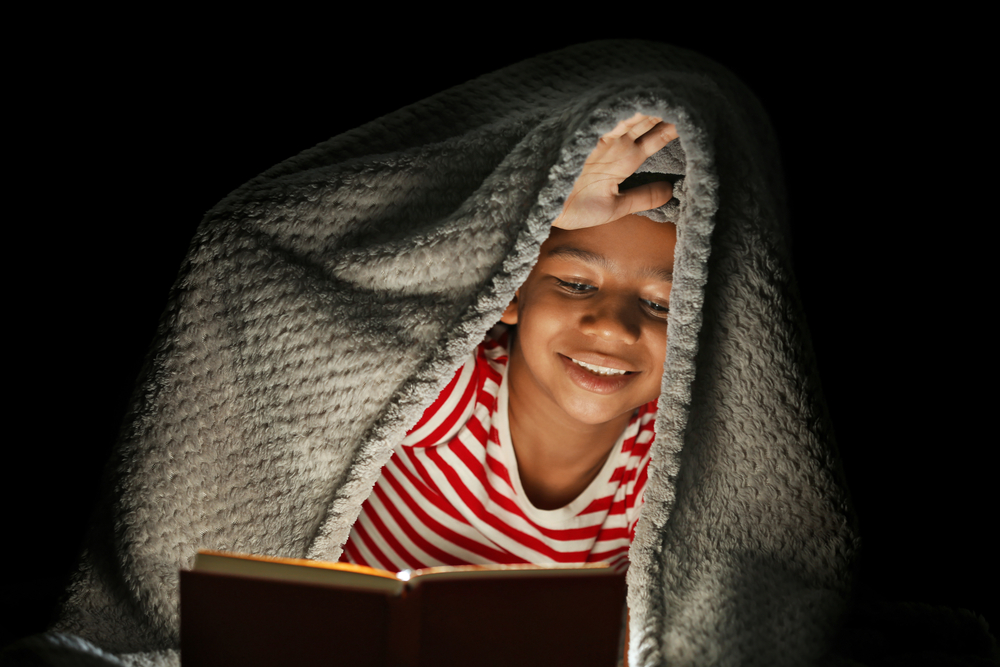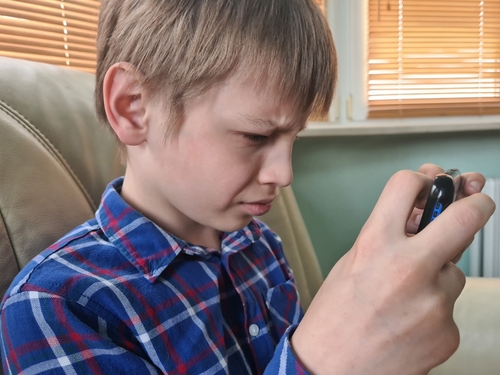Eyes & Optics Blog
Learn more about optometrist care in our blog!

A recent study analyzing data from the Helen Keller Intl’s U.S. Vision Program (2016–2022) reveals a significant unmet need for eyeglasses and prescription updates among students across all school levels. The findings, published in Optometry and Vision Science, highlight important gaps in pediatric eye care and school-based vision programs.

Kids love winding down with a book or screen before bed. But is reading in dim—or no—light just tiring for the eyes, or could it actually influence myopia? A recent Argentinian study sheds some light—literally and figuratively.

Recent research highlights a meaningful connection between screen use and nearsightedness (myopia) in children and teens. Here's what parents and eye care professionals should know:

At Eyes & Optics, we see many patients with dry, itchy, or irritated eyes—and one of the most common, yet often overlooked, causes is a microscopic parasite called Demodex.

Seniors are more likely to experience serious vision problems due to a variety of age-related eye conditions and systemic health concerns. Understanding these risks and prioritizing routine eye exams can help preserve vision and quality of life.

We are committed to keeping you informed about developments that may impact your eye health. Recently, a significant recall has been issued for over-the-counter eye care products due to concerns over manufacturing practices and product sterility.

May 19th–25th marks Myopia Awareness Week 2025—a time dedicated to educating families about one of the fastest-growing eye conditions in the world: myopia, or nearsightedness.

New Research Highlights a Link Between Physical Activity and Healthier Retinal Blood Vessels in Kids As pediatric optometrists, we’re always looking for ways to support your child’s vision and overall ocular health—not just through glasses or contact lenses, but through lifestyle, nutrition, and wellness. A new study is shedding light on just how powerful physical activity can be for kids’ eyes.

Recent research highlights a compelling link between children's sleep patterns and the development of myopia (nearsightedness). Traditionally, factors like genetics, prolonged near work, and limited outdoor activity have been associated with myopia. However, emerging evidence suggests that sleep habits may also play a significant role.

The COVID-19 pandemic reshaped many aspects of daily life, and new research shows that children’s vision has been affected too. A study conducted in Hong Kong found a significant rise in the prevalence and severity of astigmatism in children aged 6-8 following the pandemic, with increases in both refractive and corneal astigmatism.








